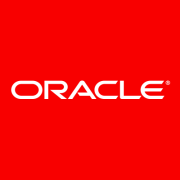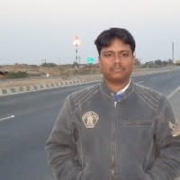Server Virtualization Software enables a single physical server to run multiple virtual machines, optimizing resource use and maintenance. This approach offers greater flexibility and efficient workload management.
Businesses leverage Server Virtualization Software to enhance agility and manage IT resources effectively. By partitioning physical servers into multiple virtual environments, organizations can consolidate workloads, reduce hardware costs, and streamline IT operations. Users often highlight the improved server utilization and reduced downtime achieved through virtualization, as well as the ability to quickly respond to changing resource needs.
What are the critical features of Server Virtualization Software?In industries such as healthcare, finance, and retail, Server Virtualization Software is utilized to consolidate servers, automate backup processes, and enhance system resilience. This is particularly advantageous for sectors requiring uninterrupted operations and robust data protection.
Server Virtualization Software is a practical solution for organizations aiming to optimize server resources, reduce costs, and increase operational efficiency. It empowers businesses to adapt to dynamic IT environments with agility and enhances disaster recovery capabilities.
| Product | Market Share (%) |
|---|---|
| VMware vSphere | 16.8% |
| Proxmox VE | 16.1% |
| Hyper-V | 15.2% |
| Other | 51.89999999999999% |






























Server virtualization software is a software whose architecture is designed to support more than one server operating system to act as a guest on a physical server host. The software becomes a virtual machine when the software is abstracted away from its physical machine and in this way the server technically believes it is running exclusively on the memory resources. Server virtualization software allows for a more efficient use of IT resources.
Implementing Server Virtualization Software can greatly enhance your disaster recovery operations by reducing recovery time and improving data reliability. Virtual machines can be easily backed up and replicated to offsite data centers, allowing for quick restoration in case of any failure. This flexibility ensures minimal downtime, which is crucial for maintaining business continuity in critical situations.
How does Server Virtualization Software enhance server utilization?Server Virtualization Software allows multiple virtual machines to run on a single physical server, maximizing the utilization of available resources. By leveraging better resource allocation and management, you can optimize your infrastructure, reduce hardware costs, and improve energy efficiency. This leads to optimized performance while minimizing the total cost of ownership.
What security measures does Server Virtualization Software offer?Security is a top priority when it comes to Server Virtualization Software. The software provides features like isolation for virtual machines, helping prevent unauthorized access between systems. Advanced tools for monitoring and managing virtual environments also assist in identifying potential threats, ensuring that your data and applications remain secure against cyber-attacks.
How can Server Virtualization Software improve scalability?Server Virtualization Software makes it easier to scale your IT infrastructure by allowing additional servers or resources to be quickly added as your business grows. With the dynamic provisioning capabilities, you can efficiently handle increased workloads without significant downtime or additional hardware investments. This flexibility is ideal for businesses looking to adapt to changing demands.
How does Server Virtualization Software reduce operational costs?By using Server Virtualization Software, your business can significantly decrease operational expenses related to hardware, physical space, and energy consumption. Consolidating servers through virtualization reduces the need for physical equipment, minimizes power usage, and lowers maintenance costs. This streamlined approach is not only cost-effective but also environmentally sustainable.